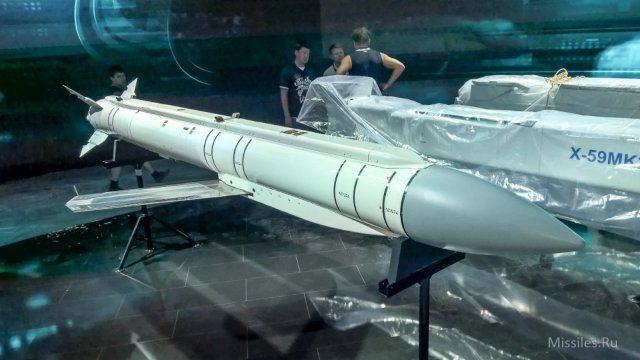Russian fighters began using the new GROM-32 cruise missile. This is clear from many sources, including photographic evidence from the war in Ukraine. According to the manufacturer, the new ammunition is designed to arm all types of aircraft.
This includes all Sukhoi and Mikoyan fighters, fighter-bombers such as the Su-34, as well as the Russian Su-57 stealth fighter. They can be mounted on aircraft launchers or ejectors and not only in external hard points but also in internal "compartments".
The rocket is based on several basic elements, which can be combined in one way or another during the production process, resulting in different products for specific purposes and tasks.
Units
The new Russian missile includes a basic warhead unit. The head can be classic or explosive. Its weight reaches 315 kg, which is enough for a design bomb. However, such a charge is not always sufficient, and the unique character of the GROM-32, comes here to be added to the head unit. It is placed behind the main and is designed to increase the effect due to the extra 165 kg, which is almost half a ton in total.
However, this rocket allows not only to increase the effect of the explosion, but also to change the charge. Russian experts say that, the charge can be replaced with thermobaric options. If there is a risk of using long-range anti-aircraft weapons such as Patriot or NASAMS, the additional warhead can be safely replaced with a so-called MDU or propulsion unit.
Functional range
The new missile under the wings of Russian fighters can fly an impressive 120 kilometers. This distance fully secures the carrier aircraft. In addition, GROM-32 also has a steering gear element, control system and design unit. So we have three main variants of the latest munitions, they are a small cruise missile, a boosted aerial bomb and a thermobaric.

Advantages of GROM-32
The main advantage is the wide production range, which makes it a quality and cheap option. The missile does not have particularly complex electronic components, such as a receiver head, and all other components are not that expensive. But the effect of the application is great.
For example, cooperation with drones. They immediately transmit coordinates and send them via the AS-UAV system to the transport aircraft. This is ideal, and judging by the data of the last few weeks, the Russian administration has begun to fully implement this plan.
Another advantage is the ability to upgrade individual components of the GROM-32. For example, control and guidance systems. They may be able to "clip" something more serious than targeting a signal from a satellite, which is not always possible. For example, a relatively inexpensive seeker like that of kamikaze drones would allow the missile to be used at night against moving targets.
In the current configuration, ammunition is not capable of such a thing and is mostly intended for neutralizing static objects such as buildings, warehouses and such. Let's say, the enemy improves their anti-aircraft weapon from the current 120 km to 150 km. The Russian air defense can upgrade the MRL and the carrier is safe again.
GROM requires prior intelligence
The use of missiles in itself is an extremely important phenomenon, especially for the Russian air force. At the same time, without serious reconnaissance, this activity is useless, since such weapons require precise coordinates of the target.
Apparently, the Russian Air Force has begun to switch to this highly effective design, which is also noted by Ukrainian military experts.
It should be noted that GROM is far from the only one in the list of newly spotted products. Similarly, the UPAB-1500B appeared, the mass of which is up to one and a half tons. When launched from a height of 15 km, the ammunition can fly up to 50 km and deliver a warhead weighing more than 1,000 kg to the target.



